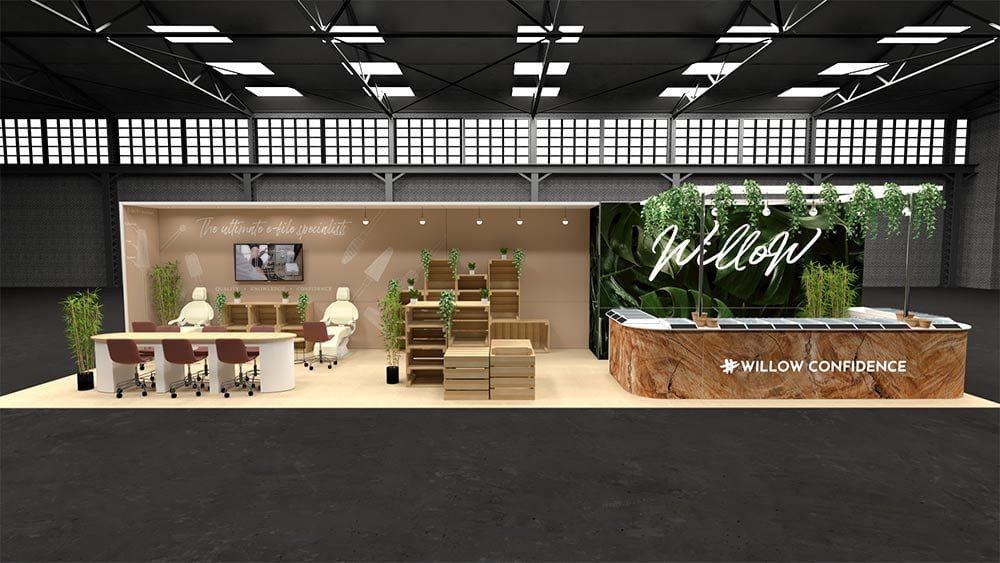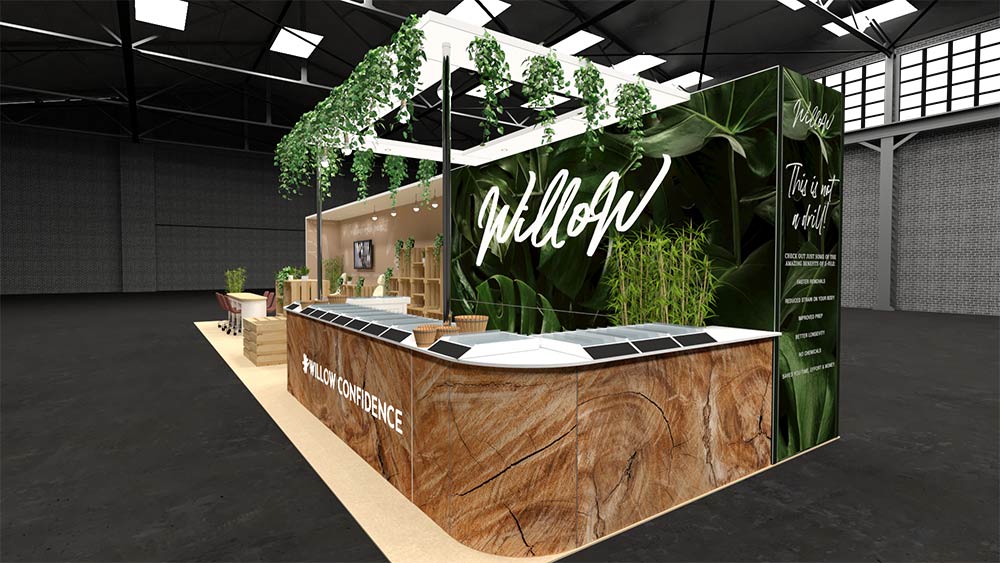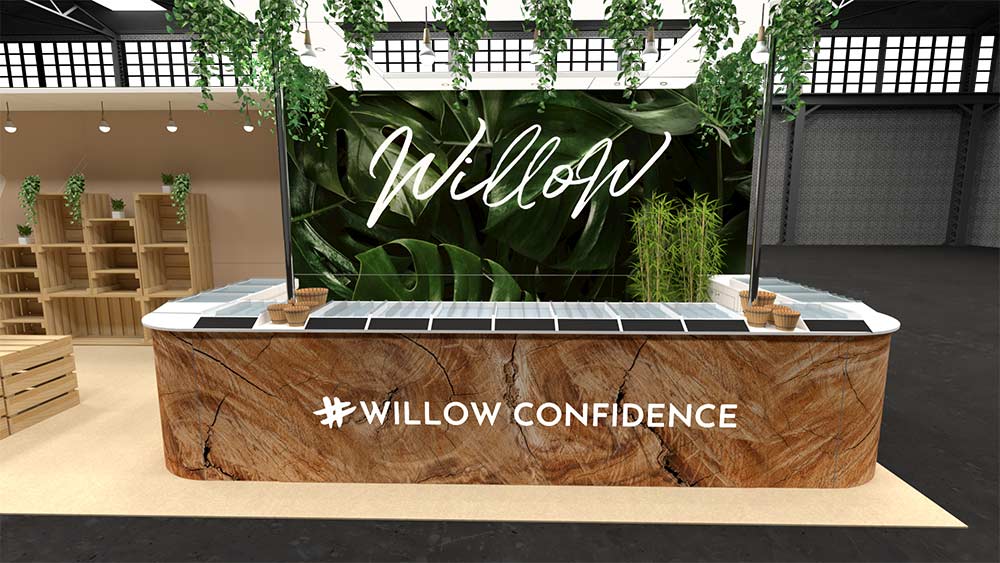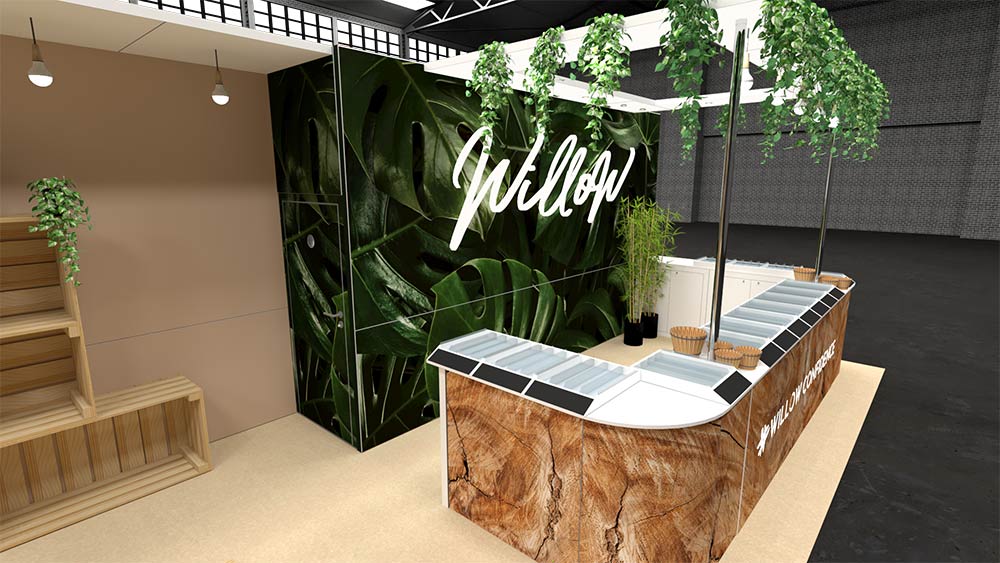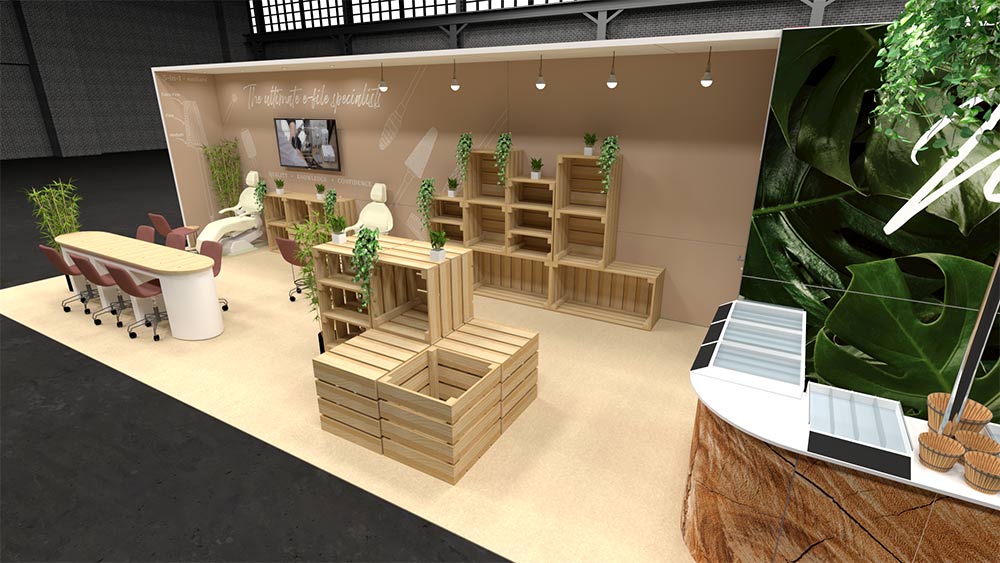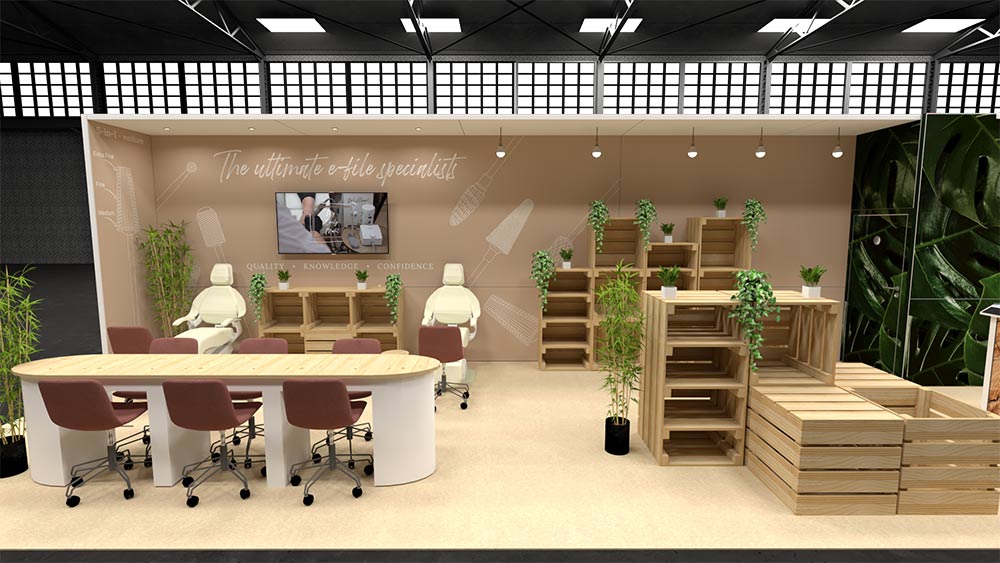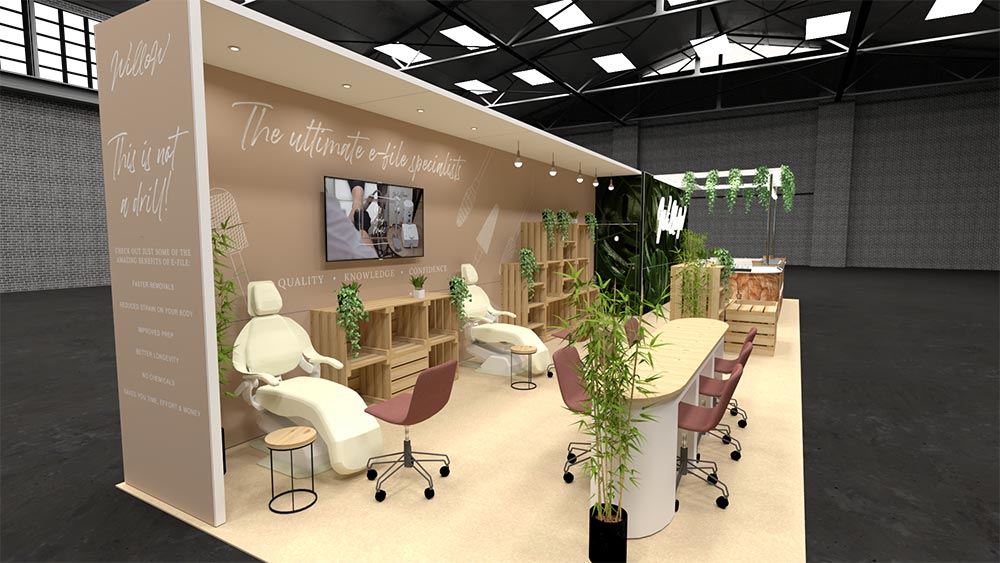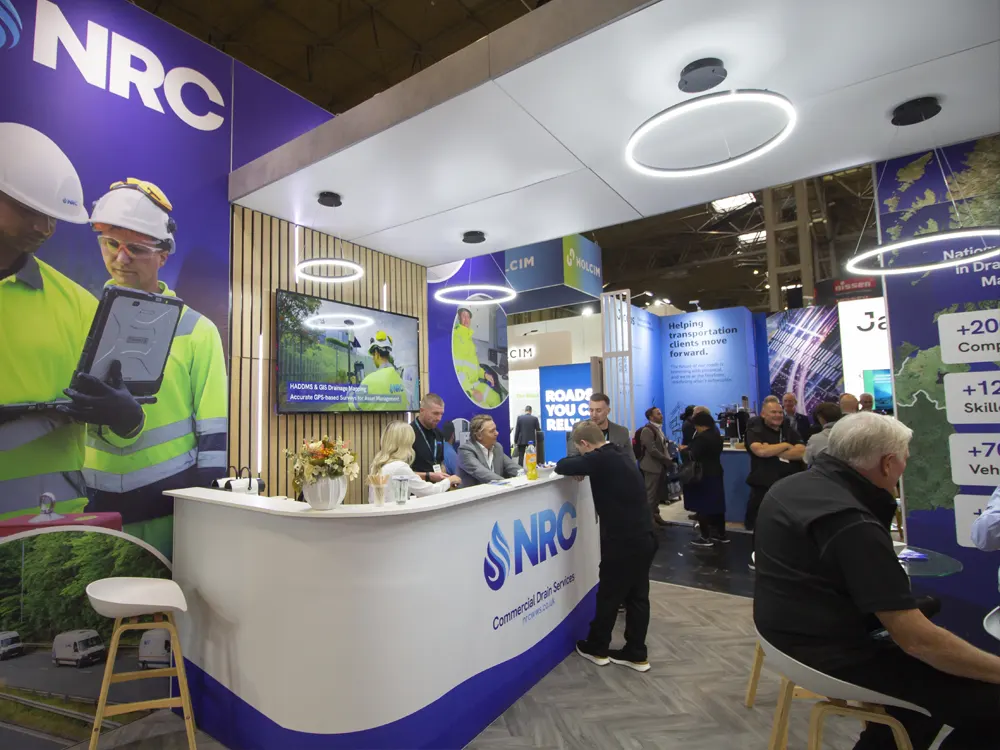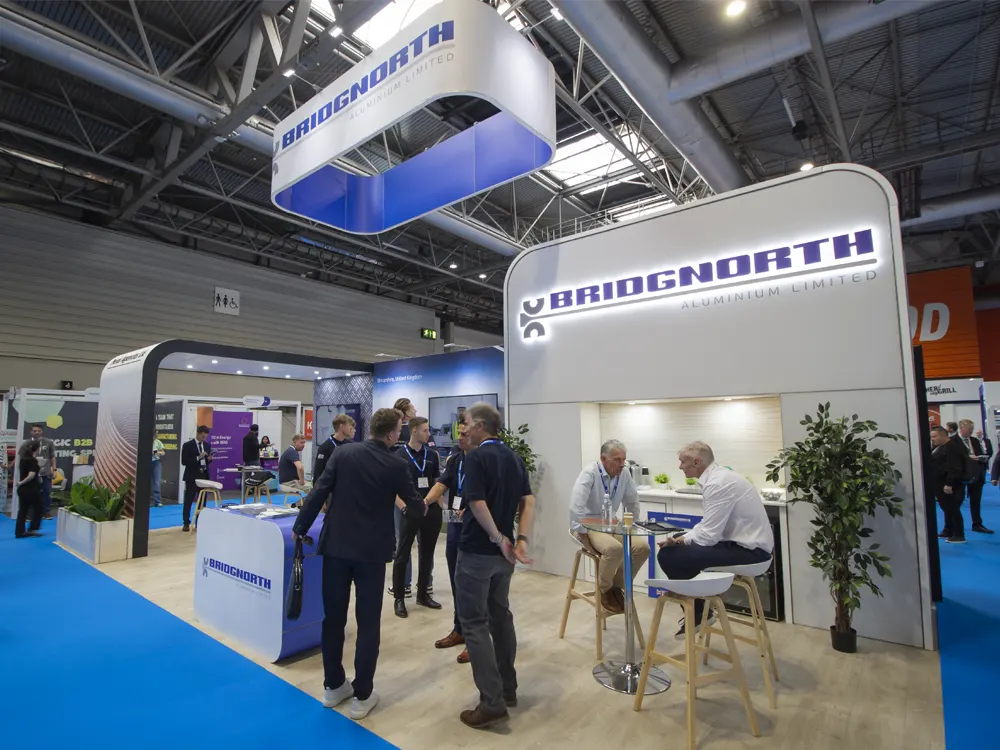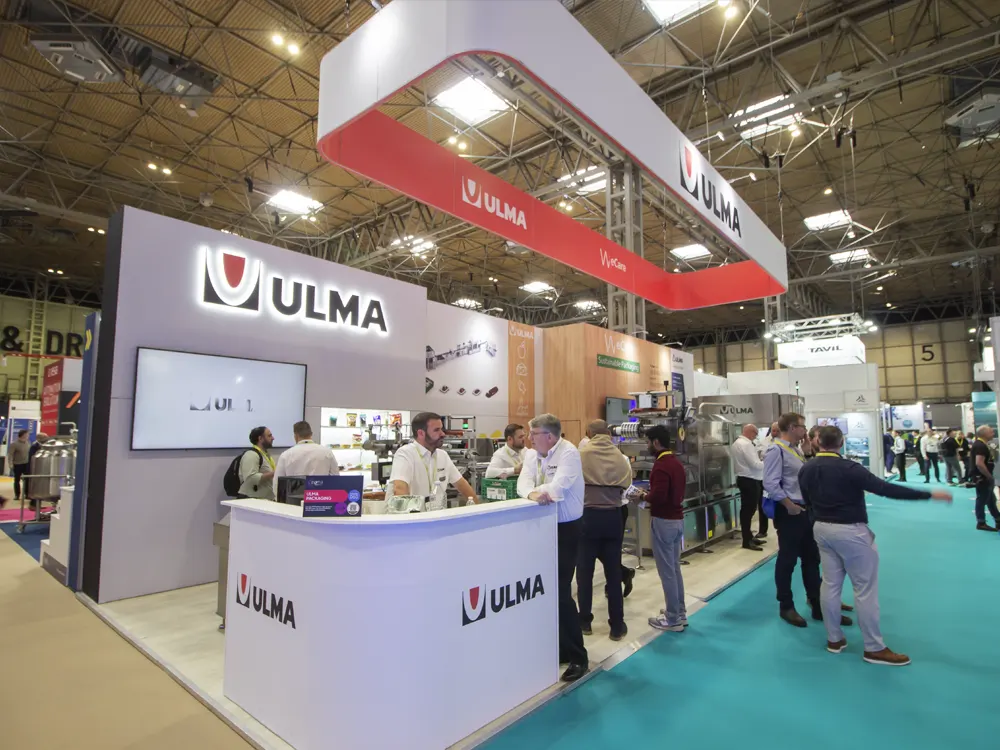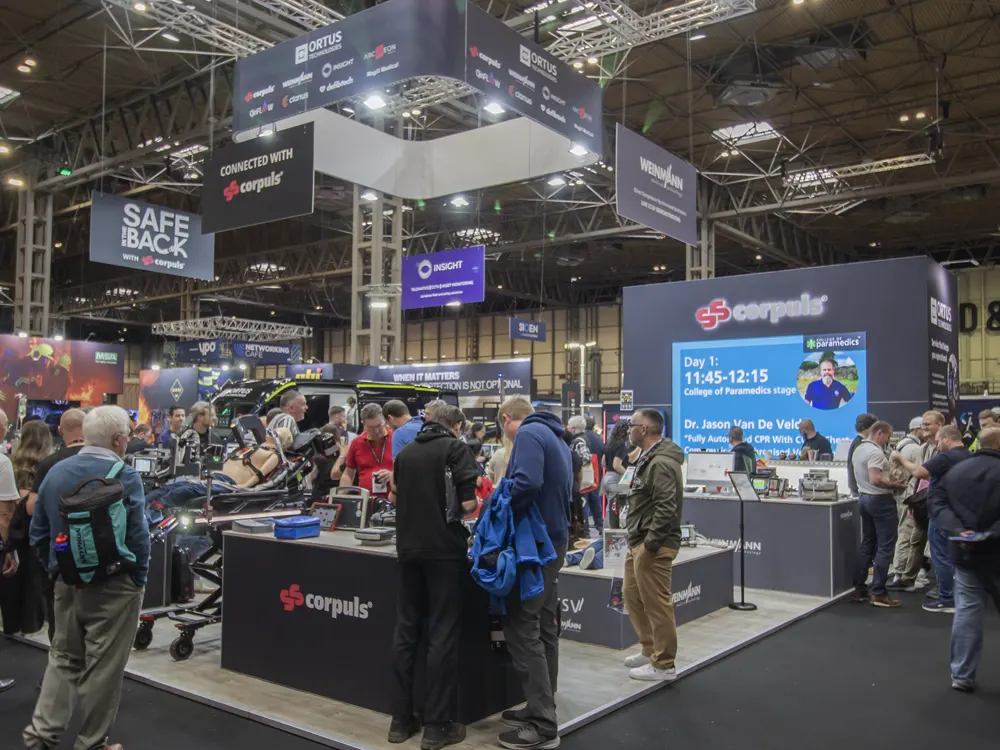How to Follow up After a Trade Show: Best Practices for Turning Leads Into Clients
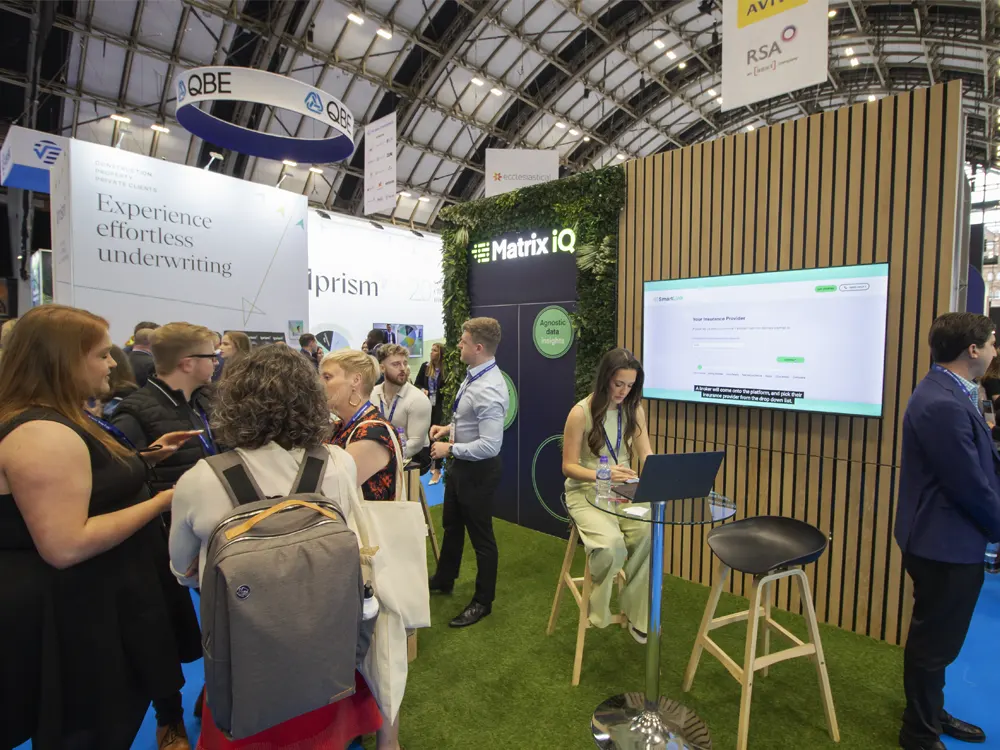
The real value of a trade show comes after the event. The show is the introduction, but what you do once the stands are packed away is what turns contacts into clients.
If you follow up too late, the people you met may forget your conversation entirely. Acting quickly and with purpose helps you build on the momentum you created.
This guide will show you how to prepare your follow-up before the event, use multiple channels to keep interest alive, and turn brief conversations into long-term business.
Why Trade Show Follow-Ups Matter
Trade shows give you direct access to potential clients who are often ready to make purchasing decisions. That access is short-lived, and once the event ends, your prospects return to full inboxes, packed schedules, and competing priorities.
Without a structured follow-up plan, you risk losing the interest you worked hard to spark. Strong follow-up is important because it:
- Keeps your brand fresh in the prospect’s mind while your conversation is still clear to them.
- Builds on the personal connection you created face-to-face.
- Dramatically increases the likelihood of converting an initial chat into a real opportunity.
If you have invested time, money, and resources into attending a trade show and building an eye-catching exhibition stand, the follow-up stage is where you secure your return on that investment.
Start Strong for Better Follow-up
Great follow-up begins with great conversations. Our custom exhibition stands help you attract the right visitors so your leads are stronger and easier to convert. Request your free 3D stand design today.
How to Build a Trade Show Follow-up Strategy
The best follow-up plans are ready before the event begins. This way, you can act immediately when the trade show ends instead of scrambling to organise your next steps.
1. Segment Your Leads
Not every lead deserves the same follow-up approach. In fact, marketers find that segmented email campaigns get 30% more opens and 50% more clickthroughs than one-size-fits-all messages. By grouping your leads based on priority, you can focus your energy where it will have the biggest impact.
Hot leads: These are ready to make a decision soon. Call them within 24 hours to arrange a meeting or demonstration.
Warm leads: Interested but need more information. Send targeted content that answers their questions and builds trust.
Cold leads: Casual conversations or early-stage contacts. Add them to a longer-term nurture campaign so you can stay in touch without overloading them.
2. Act Quickly
The first 48 hours are critical. Your leads still remember your stand, your brand, and your conversation. Contact them while their interest is fresh to prevent other suppliers from taking their attention.
3. Use Multiple Channels
Email is important, but it is not enough on its own. A short phone call or video meeting can help move hot leads forward quickly. LinkedIn connections and social media engagement help keep your brand visible in a more casual way.
4. Offer Value First
Resist the temptation to start with a sales pitch. Share something genuinely useful. That could be a case study, whitepaper, or resource that addresses a challenge they mentioned. This positions you as a partner who can help, rather than a seller pushing for a contract.
The 30-Day Follow-up Timeline
A structured timeline helps you maintain momentum without overwhelming your contacts.
Day 1–2: Send a personalised thank-you email that refers to your conversation at the trade show. Connect with them on LinkedIn and include a short reminder of who you are.
Day 3–5: Share a relevant resource or success story. Call hot leads to arrange a demonstration or meeting.
Week 2: Invite leads to something interactive like a webinar, live demo, or an in-person visit. Engage with their online content to maintain visibility.
Week 3–4: Follow up with any non-responders. Offer something new, such as industry research, and invite them to reconnect. Cold leads can now be added to your regular marketing communications for future contact.
Crafting the Perfect Follow-up Message
Your follow-up should feel like you’re simply picking up where the trade show conversation left off. Skip the generic wording and make it personal so the recipient knows you remember them.
Aim to include:
- A quick reminder of where and when you met
- A detail from your chat to help them recall the conversation
- Something useful that’s relevant to their needs
- One clear and simple next step.
Example trade show follow-up email:
Hi [Name],
It was great speaking with you at [Event Name] about [specific topic]. I thought you might find this [resource] helpful, as it covers some of the challenges we discussed.
Would you be open to a quick call next week to explore how we can help with [pain point]?
Best regards,
[Your Name]
Keeping your email short, friendly, and easy to scan makes it far more likely they’ll read and reply.
Measuring Follow-up Success
Tracking your follow-up results helps you refine what works and drop what does not.
Focus on three key metrics:
Response rate: The percentage of leads who reply to your outreach. Low rates may mean your timing, subject lines, or messaging need improvement.
Meetings booked: How many prospects agree to a call, demo, or meeting? This shows how well you are moving leads toward a decision.
Conversion rate: The percentage of leads who become paying clients.
Review these numbers after each trade show. Keep the tactics that perform best and adjust or remove those that deliver weak results. Over time, this creates a sharper, more effective follow-up process.
Best Practices for Trade Show Follow-up
Following up after a trade show is about building on the interest you created at the event and moving prospects closer to becoming clients. The goal is to act quickly, stay relevant, and maintain momentum.
Prioritise Based on Potential
Not all leads are equal, and spending too much time on low-priority contacts can slow your progress. Review your notes from the event, identify which leads are most likely to convert, and give them the most immediate attention. This ensures your best opportunities do not slip away.
Keep the Tone Warm and Helpful
Your first follow-up after the show should feel like a continuation of your face-to-face conversation, not a scripted sales push. A friendly, conversational tone makes it easier for prospects to re-engage and opens the door for more detailed discussions later.
Space Out Your Touchpoints
Most prospects need to hear from you several times before taking action, a concept often called the Rule of 7. The key is to make those touchpoints feel intentional, not overwhelming. Stagger your emails, calls, and social messages over a few weeks, and change up the content so each interaction offers something fresh and valuable.
Document Every Interaction
Keep detailed records of when you last reached out, what you discussed, and any agreed-upon next steps. This prevents missed opportunities and avoids repeating questions you have already covered. A well-maintained record also makes it easier for other team members to step in if needed.
Keep Nurturing Beyond the First Month
Some prospects will be ready to move forward immediately, but others need more time. Have a plan for ongoing engagement, whether through a quarterly check-in, sharing relevant industry updates, or inviting them to future events. This helps keep your brand front of mind without relying on constant direct sales pitches.
Involve the Right Team Members Early
If a lead needs technical input, pricing details, or a product demonstration, bring in the relevant team member sooner rather than later. Quick access to the right expertise can speed up the decision-making process and build credibility.
Use Small Commitments to Build Momentum
Instead of pushing for a large purchase straight away, suggest smaller, low-risk next steps such as a short consultation, a trial period, or reviewing a tailored proposal. These gradual commitments can help move prospects forward without overwhelming them.
What to Do After a Trade Show
A trade show is just the beginning. The real results come when you follow up and turn those quick introductions into lasting relationships. Act fast, keep your messages personal, and stay in touch so the momentum you built at the event continues.
At Plus Exhibition, we help you attract the right people to your stand so you have more of those valuable conversations to follow up on. Start with a free 3D stand design and make your next event the most successful yet.


